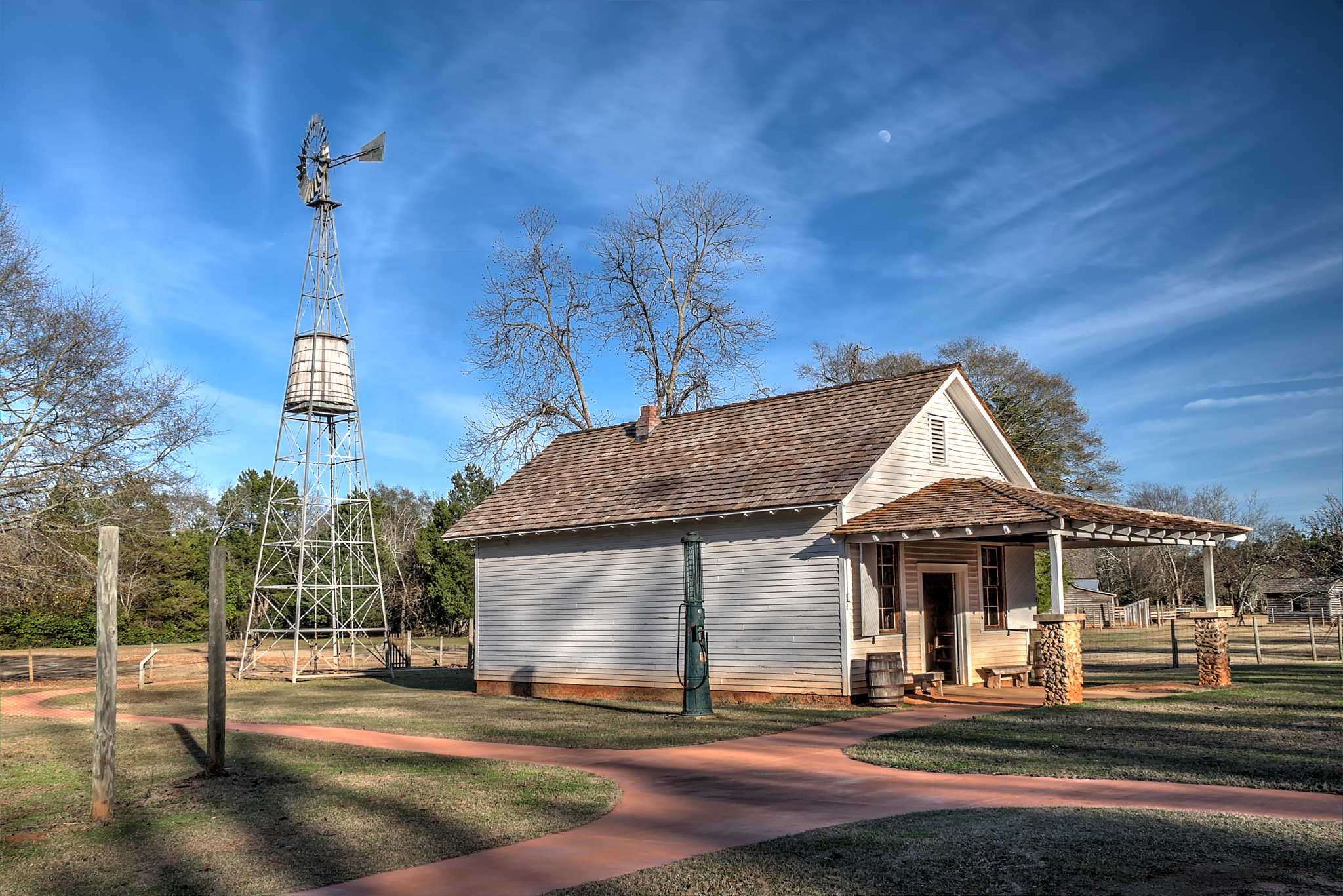|
Lindsay Cemetery
Lindsay Cemetery, located just outside the town of Due West, South Carolina, was established in 1820. Over 100 graves with inscriptions are inside the cast-iron fence that marks the perimeter of the cemetery. The earliest grave is from 1820, many are from 1820 to 1892, and the most recent is from 1927. Lindsay was the first cemetery in the Due West area, and is very representative of the cemeteries of that era. Of particular note is that many of the Pratt family are buried there, a lineage that extends to President Jimmy Carter. The cemetery is on private land, and prior permission from town officials is required to visit the site. The site was listed in the National Historic Register on May 27, 2009. References External links * {{National Register of Historic Places in South Carolina Cemeteries on the National Register of Historic Places in South Carolina Buildings and structures in Abbeville County, South Carolina National Register of Historic Places in Abbeville Coun ... [...More Info...] [...Related Items...] OR: [Wikipedia] [Google] [Baidu] |
Due West, South Carolina
Due West is a town in Abbeville County, South Carolina, United States. The population was 1,247 at the 2010 census. It is the home of Erskine College and Dixie High School. History Some say the name is a mispronunciation of "DeWitt's Corner", while others believe the town was due west on a pioneer trail. The Treaty of Dewitt's Corner, a historic peace negotiation in May 1777 with the Cherokee Indians, was signed in Due West. As a result of the treaty, the Cherokee peoples broke into two factions. One of them, the Chickamauga Cherokee, continued fighting area settlers for another 17 years. The Erskine College-Due West Historic District, Lindsay Cemetery, and Young Place are listed on the National Register of Historic Places. Geography Due West is located at (34.332110, -82.387131). According to the United States Census Bureau, the town has a total area of , of which , or 0.32%, is water. Demographics As of the census of 2000, there were 1,209 people, 307 households, ... [...More Info...] [...Related Items...] OR: [Wikipedia] [Google] [Baidu] |
Jimmy Carter
James Earl Carter Jr. (born October 1, 1924) is an American politician who served as the 39th president of the United States from 1977 to 1981. A member of the Democratic Party (United States), Democratic Party, he previously served as the 76th governor of Georgia from 1971 to 1975 and as a Georgia state senator from 1963 to 1967. Since leaving office, Carter has remained engaged in political and social projects, receiving the Nobel Peace Prize in 2002 for his humanitarian work. Born and raised in Plains, Georgia, Carter graduated from the United States Naval Academy in 1946 with a Bachelor of Science degree and joined the United States Navy, serving on numerous submarines. After the death of his father in 1953, he left his naval career and returned home to Plains, where he assumed control of his family's peanut-growing business. He inherited little, due to his father's forgiveness of debts and the division of the estate amongst himself and his siblings. Nevertheless, his ... [...More Info...] [...Related Items...] OR: [Wikipedia] [Google] [Baidu] |
Cemeteries On The National Register Of Historic Places In South Carolina
A cemetery, burial ground, gravesite or graveyard is a place where the remains of dead people are buried or otherwise interred. The word ''cemetery'' (from Greek , "sleeping place") implies that the land is specifically designated as a burial ground and originally applied to the Roman catacombs. The term ''graveyard'' is often used interchangeably with cemetery, but a graveyard primarily refers to a burial ground within a churchyard. The intact or cremated remains of people may be interred in a grave, commonly referred to as burial, or in a tomb, an "above-ground grave" (resembling a sarcophagus), a mausoleum, columbarium, niche, or other edifice. In Western cultures, funeral ceremonies are often observed in cemeteries. These ceremonies or rites of passage differ according to cultural practices and religious beliefs. Modern cemeteries often include crematoria, and some grounds previously used for both, continue as crematoria as a principal use long after the interment areas ... [...More Info...] [...Related Items...] OR: [Wikipedia] [Google] [Baidu] |
Buildings And Structures In Abbeville County, South Carolina
A building, or edifice, is an enclosed structure with a roof and walls standing more or less permanently in one place, such as a house or factory (although there's also portable buildings). Buildings come in a variety of sizes, shapes, and functions, and have been adapted throughout history for a wide number of factors, from building materials available, to weather conditions, land prices, ground conditions, specific uses, prestige, and aesthetic reasons. To better understand the term ''building'' compare the list of nonbuilding structures. Buildings serve several societal needs – primarily as shelter from weather, security, living space, privacy, to store belongings, and to comfortably live and work. A building as a shelter represents a physical division of the human habitat (a place of comfort and safety) and the ''outside'' (a place that at times may be harsh and harmful). Ever since the first cave paintings, buildings have also become objects or canvasses of much artistic ... [...More Info...] [...Related Items...] OR: [Wikipedia] [Google] [Baidu] |


